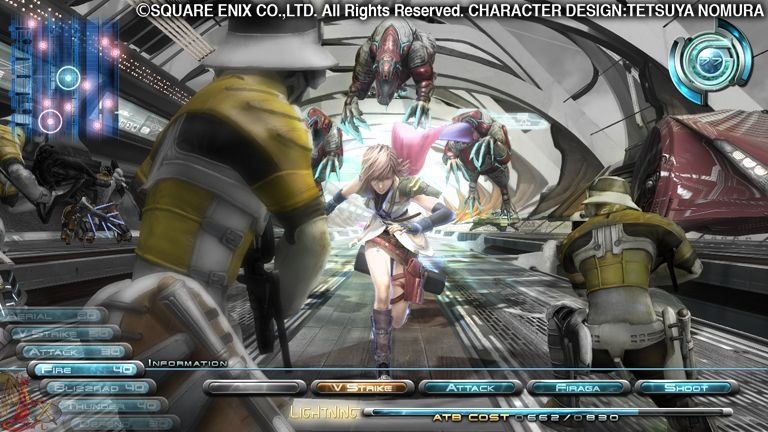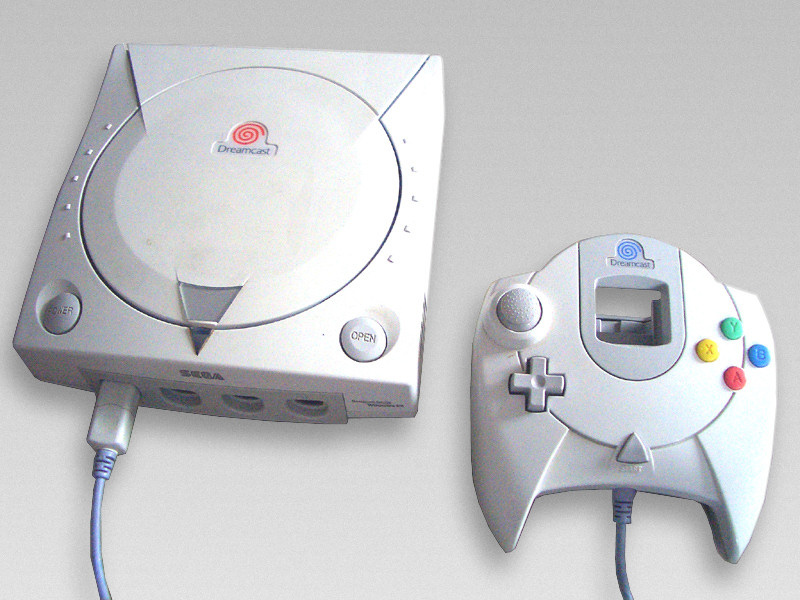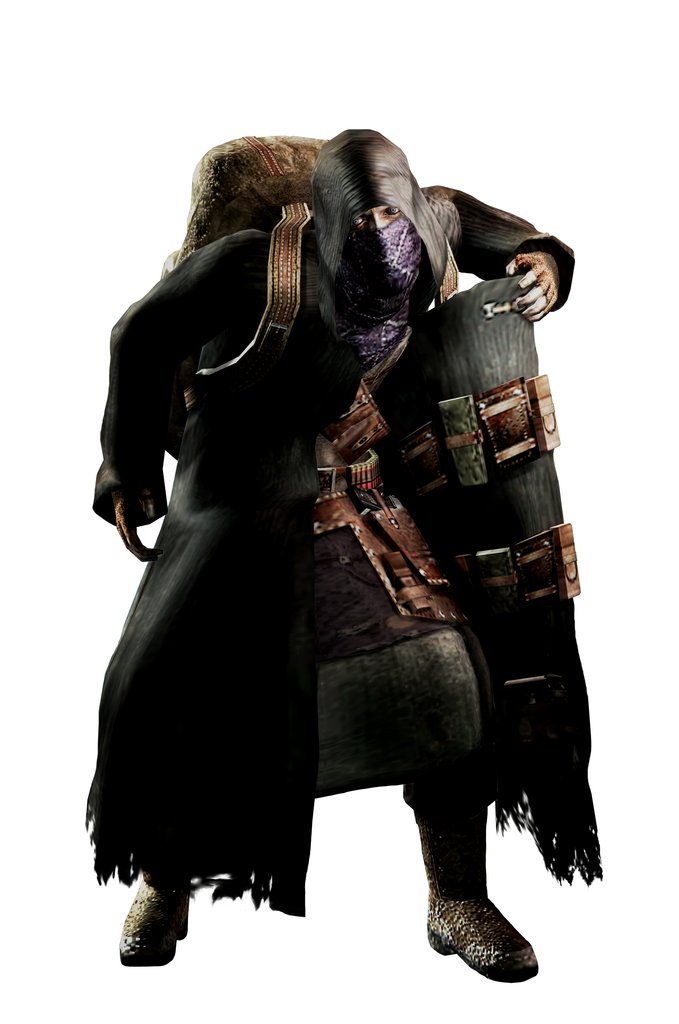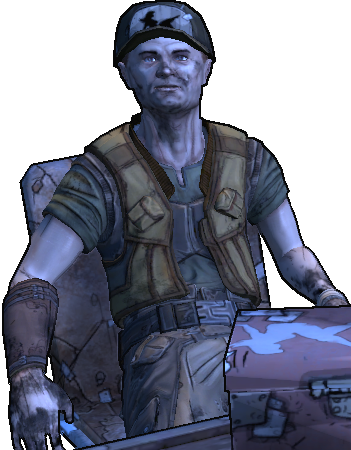I've been um-ing and ah-ing a lot recently over whether or not to spend my hard earned cash on the latest Final Fantasy game. All of the reviews suggest that I should get it, and would surely enjoy it, but my ears are drawn to the sounds coming from the internet's message boards and review sites:
"It's not as good as the PSone games"
"I haven't enjoyed any of them since FFVII"
"The series should never have been on the Xbox360"
"It's not a real Final Fantasy game"
These are by no means the majority of the comments being made, most of which are positive, but they are the most frequently bleated on the negative side. These comments are currently plastered all over thar Interwebz, so why did the critics give the game such good scores? Have they gone mad, or simply lost touch with the people who actually play these games for fun? The answer is a resounding neither. It got good scores because they thought it was a GOOD game.
.

It looks pretty exciting to me, anyway. So why all the hate?
It was exactly the same the last time around. And the time before that. IX was too light-hearted and cartoony, X too linear, and XII had the cheek not to have enough of a storyline. The developers at Squeenix have had to fight this unremitting whining for the last 10 years, swerving wildly from one extreme to the other to try to satisfy their so-called fans. Let's get this straight, shall we? Much as we'd love them to, they can't just keep making Final Fantasy VII over and over. It just wouldn't get them anywhere as a developer, and it certainly wouldn't get them sales.
.

Most people agree that Baltheir is Awesome. I am one of them.
As you can tell, I'm probably not the average Final Fantasy fan. While I liked VII a lot, it is not my favourite of the series by a long way. To ignore the constant improvements Square has made to the playability of their games since VII would be frankly pretty insulting. To be honest, my favourite games in the series are IX and XII. I adore the former for its playful and rich story and world, the latter for the fluidity of the gameplay along with the joy of exploration. As you can probably guess, I get shouted down often in the "Best Final Fantasy game" conversation for defending two of the more unfashionable entrants. My other crime is to dislike intensely the second most popular fan favourite, FF VIII.
.

This man is the chief reason for my dislike of Final Fantasy VIII. I wanted to slap him for around 35 hours.
Final Fantasy VIII is a fine game in terms of playability, but it has a storyline so angst-filled that it feels like 40 hours of fingernails caressing a blackboard. I also did not enjoy any aspect of the 5 minute long summon sequences, headache inducing junctioning system and ridiculous "draw magic" business. That aside, I enjoyed it enough to play it to completion, and consider it essential reading for anyone interested in the history of the series. I don't believe for a minute that VIII deserves any of the spite and vitriol directed at the latest iteration of the series.
So what is the cause of all the hatred for the latest game, be it XIII, XII, X, or IX? We all know the answer: Nostalgia. Nostalgia is both a blessing and a curse for game series, ensuring that people will buy your game, but will also probably hate any innovations you make. If developers listened to all of the people making the above (example) comments, the entire industry would stagnate and die under the weight of unsatisfied fans. Certain subsets of people are never happy, but most of us appreciate the hard work put in by developers to update and freshen the more venerable series. No one complains about the wonderful work done to update Mario or Dragon Quest, although Zelda will always be in the shadow of it's Final Fantasy VII , The Ocarina of Time. I haven't played it by the way (having not owned an N64, now or ever), but I did enjoy the less well received Wind Waker a great deal.
I think we all just need to calm down a bit. Yes, developers should listen to their fans, but not those who cal for constant re-makes of a 13 year old game. We all know it would take much more than that to satisfy them, as the relatively poor sales of Metal Gear Solid: The Twin Snakes illustrates. It's important that other series do not fall under the Nostalgia Curse that has afflicted Final Fantasy for so long, as it must affect negatively on developer mindset. If we want good games, we need to phrase it better than "It's not as good as the first one"
Having said that, the main thing that puts me off buying FFXIII is its extreme linearity. So perhaps let us explore a bit next time, Square…just a tip.





























Log in to comment